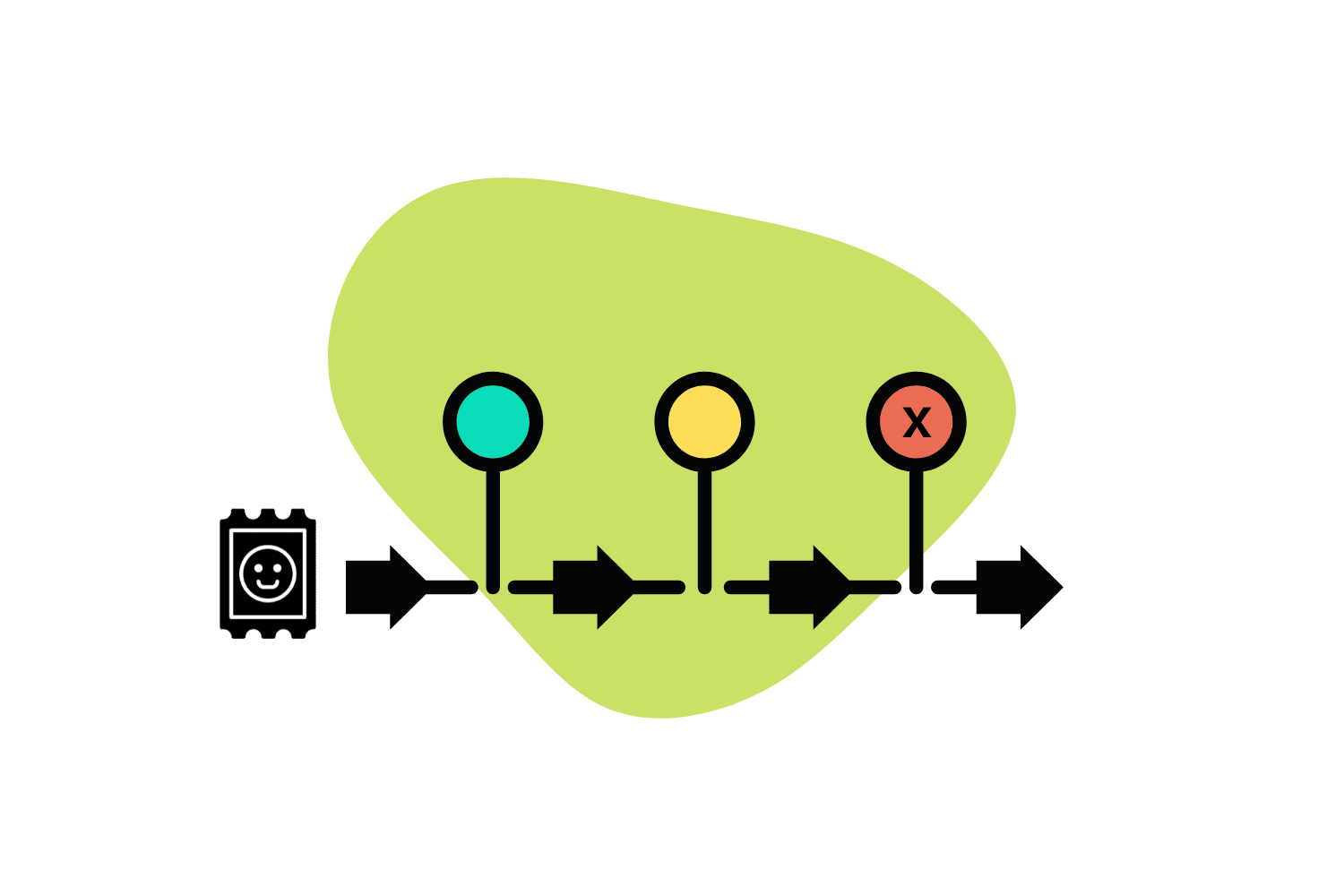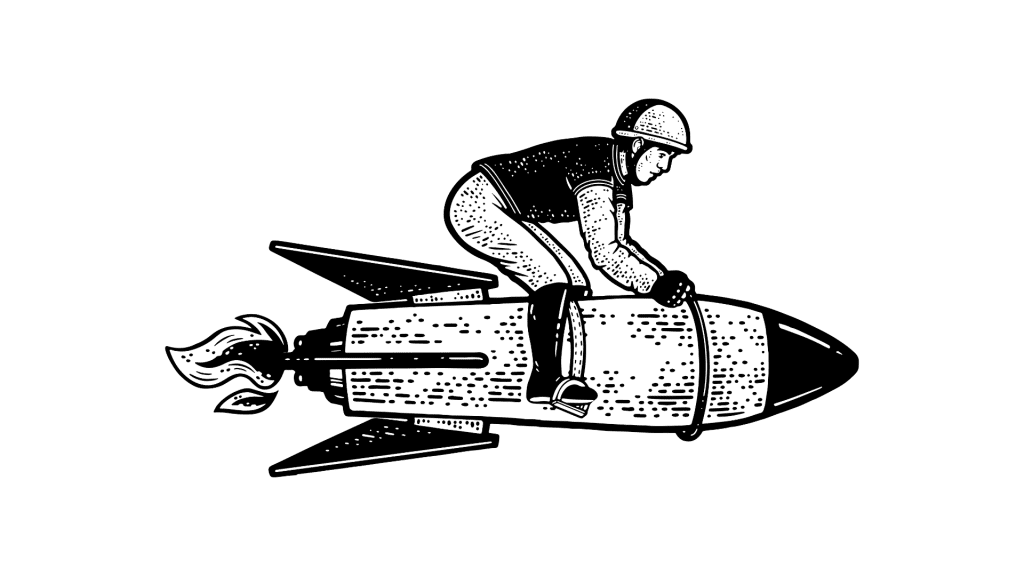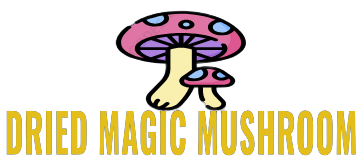Uncategorized
Buy LSD online Illinois | LSD for sale online Illinois | Cheap LSD shop online Illinois | LSD Dispensary Online
Buy LSD online Illinois. LSD lasts about 10 hours and will remain viable in storage for up to 3 years.

Buy LSD online Illinois. Lysergic acid diethylamide (LSD) is one of the most potent hallucinogenic drugs known to humankind. Buy LSD online Illinois
Buy LSD online Illinois. The trips associated with LSD typically last between 8 and 10 hours but can extend for 12 hours or more in some cases. Buy LSD online Illinois
Buy LSD online Illinois. In storage, LSD lasts up to 1 year if stored in a cool, dark place, or 3 years in a fridge or freezer. Buy LSD online Illinois
In this article, you’ll learn about the LSD experience, how long it lasts, and how to stop a trip early. You’ll also learn what affects the length of an acid trip and how long the compound remains in your system after you take it.
How Long LSD Lasts: Effects Timeline
While an acid trip typically lasts around 10 hours, the experiences you have throughout that time will vary wildly, even from minute to minute in some cases.
Below is a comprehensive breakdown of the LSD timeline of effects for most users.
1. Onset of Effects
(1 hour)
Most people experience an onset of effects within 30 minutes to an hour. The dosing method can affect the onset time, with liquid LSD usually kicking in a bit more quickly than blotter paper, microdots, or other dosing options.
The come-up usually includes mild visual hallucinations and giddiness. You may feel a mild body sensation, a boost in energy, or some nervousness as the LSD starts to kick in.
2. Peak Effects
(2 Hours)
You can expect the most intense effects of your acid trip to kick in between one and two hours. This phase of the acid trip can include more severe hallucinations, ego death, a disconnection with reality, and powerful, introspective thoughts. The peak effects often last for one to two hours.
3. Post-Peak Waves
(2 Hours)
At around three and a half to four hours after taking LSD, your effects will start to weaken. Most users experience waves of strong and weak experiences during this time. The peak effects can return and subside for several hours, gradually becoming less and less intense.
4. Comedown & Trip End
(2–4 Hours)
After about six hours, you’ll begin the comedown. It’s at this point that the noticeable effects will start to fade, and you might begin to internalize and integrate your experiences during the peak of the trip. Most people still experience some light hallucinations or noticeably altered perception, but some feel totally back to normal by about six hours into the trip.
For most people, the end of the trip is about 10 to 12 hours after dosing. At this point, all noticeable effects will have subsided, and you’ll feel entirely back to normal. Most people are exhausted at this point from the mental experiences of tripping.
5. Afterglow
(1 – 7 Days)
The “afterglow” refers to an elevated mood that some users experience for days or even weeks after taking LSD. By 24 hours after consuming LSD, the drug will have entirely left your system. However, the experiences can stick with you for some time after the trip.
Why Does an LSD Trip Last So Long?
The duration of effects from psychedelics can vary substantially. LSD is among the longest of the bunch, lasting up to 12 hours.
Other psychedelics, such as salvia or bufo toad venom, are significantly shorter-lasting just 30 minutes or less.
[insert diagram of psychedelic drug durations]So why does LSD last so long?
The primary reason for the long trip time is how the molecules bind to serotonin receptors. They create a more powerful bond than serotonin itself. An extracellular lid creates a cover for the binding pocket to keep LSD molecules trapped inside [1].
Since the interaction of LSD with serotonin receptors is what produces an intense acid trip [2], the strong binding capacity of LSD leads to a long psychoactive and hallucinogenic experience.
Can You Stop an Acid Trip Early?
LSD has been shrouded in mystery for decades, so there are many LSD myths circulating about how dangerous and terrifying the drug can be. One such myth is that a “bad” or unpleasant trip can’t be cut short.
Contrary to popular belief, an acid trip can be stopped early. Some individuals experiencing “bad trips” take an antipsychotic medication, antidepressants such as trazodone, or benzodiazepines such as lorazepam and diazepam. These are referred to as “trip killers” because they’re able to significantly reduce or even halt the effects of psychoactive drugs such as LSD, psilocybin, and DMT.
However, just because you can, doesn’t mean you should.
Taking trip killers like benzodiazepines are useful during emergency situations but aren’t recommended for the vast majority of people. Benzodiazepines have their own set of side effects and must be used with caution.

It’s important to note that while bad trips are uncomfortable, most people consider these experiences as being the most lucrative in terms of long-term benefit and personal insight. It’s much better to stop resisting the experience and allow it to run its course.
Bad trips are a big reason why it’s important to have a trusted tripsitter nearby. They can help anchor you in reality and help keep you calm and centered until things settle down.
Factors That Affect The Duration of LSD Effects
The timeline of LSD’s effects isn’t the same for everyone, and it can even vary from trip to trip for a single individual. There are a few things that can have an impact on how long LSD lasts for you.
1. Dosage
One of the most significant factors for how long LSD lasts is the dose you consume.
As you might expect, larger doses tend to last longer. The half-life of LSD is the same regardless of dose (5.1 hours), but the more you take means it’s going to take longer for drug levels to reach a point that’s below the threshold for effects.
The standard dose for LSD is around 140 mcg, and the threshold is around 50 mcg. Once the concentration of LSD dips below this amount, the effects will be essentially worn off.
At 140 mcg, it will take 2 half-cycles for LSD to fall below 50 mcg. Since we know the half-life of LSD is 3.6 hours [6], this means 2 cycles are going to take about 7 hours to complete.
If you take double the dose, say 280 mcg, it’s going to take 3 half-cycles to reach 50 mg instead, thus prolonging the effects to around 11 hours (or longer).
Of course, there’s a limit to this effect. Taking 10 times the dose doesn’t work out to a trip lasting 10 times as long, but it will certainly be much longer-lasting than normal.
2. Tolerance
As is the case with most drugs, your tolerance for LSD will also have an impact on the effects you experience.
Tolerance to LSD forms very quickly. If you take one dose today, you’ll need to take nearly three times that dose to feel the same level of effects the next time.
You can also get cross-tolerance from other psychedelics, such as psilocybin, DMT, and mescaline.
Tolerance drops off each day after the initial trip and is essentially back to normal by 14 days or less.
With higher tolerance comes a reduced intensity of effects as well as the duration of effects. So if you’ve used LSD or other psychedelics within the past two weeks, your trip is likely going to be much milder and shorter.
3. Liver Metabolism
The liver is involved in processing nearly every drug you ingest, and LSD is no exception.
Studies have shown that the primary metabolism of LSD is completed in the liver by the enzymes CYP2D6, CYP2E1, and CYP3A4 (to nor-LSD), and CYP1A2, CYP2C9, CYP2E1, and CYP3A4 (to OH-LSD) [3,5].
If any of these enzyme pathways are reduced (due to genetic polymorphisms, liver disease, or medication use), the metabolism of LSD may become slower — thus producing longer-lasting effects.
How Long Does LSD Stay In Your System?
LSD has an elimination half-life of just under four hours, and most of the drug will be eliminated from the body within 12 hours [4,6]. Traces of LSD can persist for up to 24 hours in your blood and one to three days in your urine.
Technically, LSD can remain detectable in hair for up to 90-days — but this form of testing is unreliable (lots of false negatives and false positives).
Will LSD Show Up On a Drug Test?
Technically, yes — if you’re given a blood or saliva test within 24 hours of using acid or 36 hours for a urine test — it’s possible to test positive on a drug test.
However, in practice, LSD will reach undetectable levels within the first 24 hours. Additionally, it’s exceedingly rare for drug tests to include reagents that test for LSD in the first place. Only specific LSD drug tests (usually saliva swabs) or more advanced professional testing will be able to detect LSD in the first place.
Traces of LSD can be present in hair samples for one to three months, but these types of drug tests are uncommon.
Learn More: Will LSD Make Me Fail A Drug Test?
How Long Can I Store LSD?
LSD will last up to 3 years in storage if kept in a cool, dark, and temperature-stable environment (such as a fridge or freezer).
If exposed to very high heat or humidity, LSD will break down very quickly and may lose its potency entirely in just a few hours. You can store LSD on a shelf or cupboard as well as long as it’s not in an area that receives a lot of direct light or heat and is kept in an airtight and opaque container.
In order to get the longest shelf-life possible, keep LSD in between some tinfoil sheets and a sealable bag and then store it in the freezer.
Bottom Line: How Long Does an LSD Trip Last?
While many factors can affect how long your LSD trip lasts, most experiences last between 7 and 10 hours. This can vary from person to person depending on dose, tolerance levels, concomitant medications, age, and genetic factors.
The experience will typically begin within a half-hour to an hour, and peak effects will kick in around two hours after consumption. Your comedown will likely start around the six-hour mark, at which point some users stop noticing the effects.
LSD is eliminated from the system very quickly (within 24 hours) but can sometimes remain detectable in hair for 90 days.
